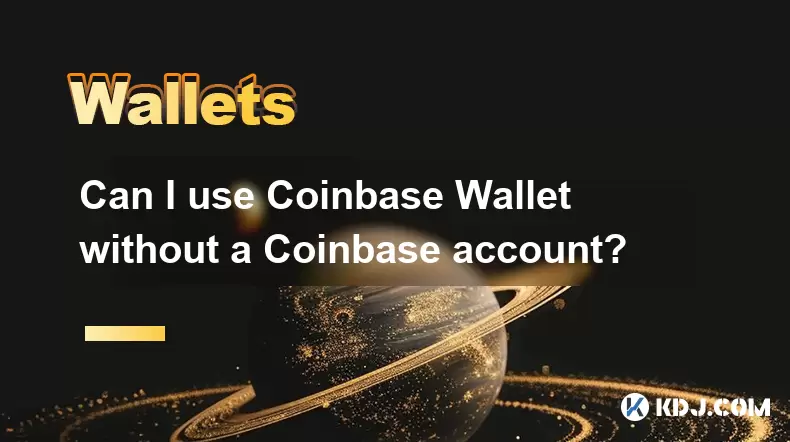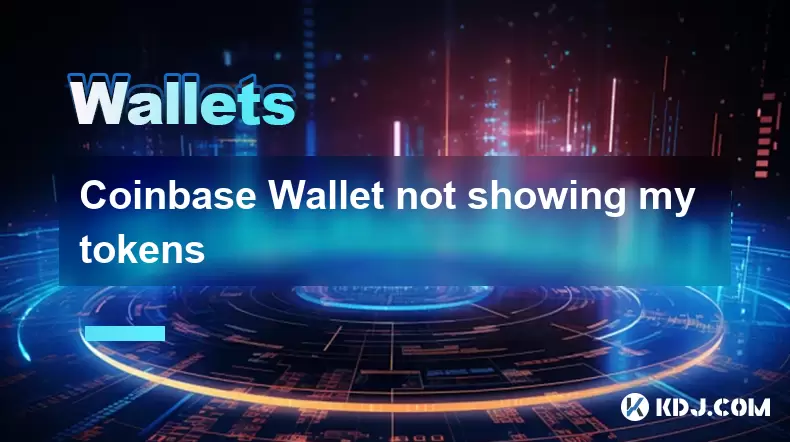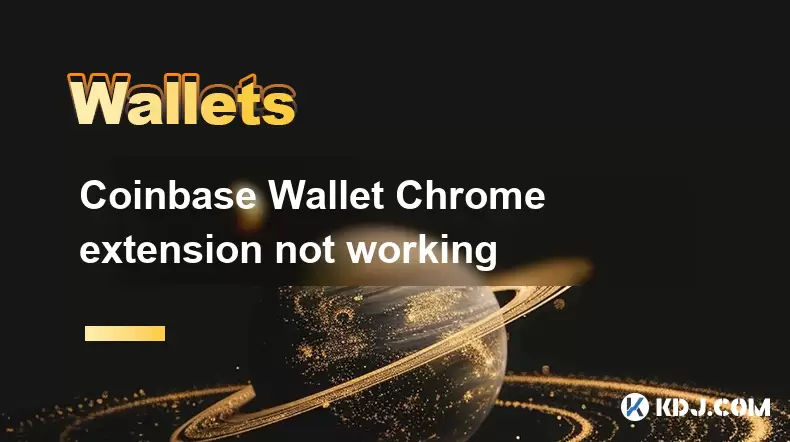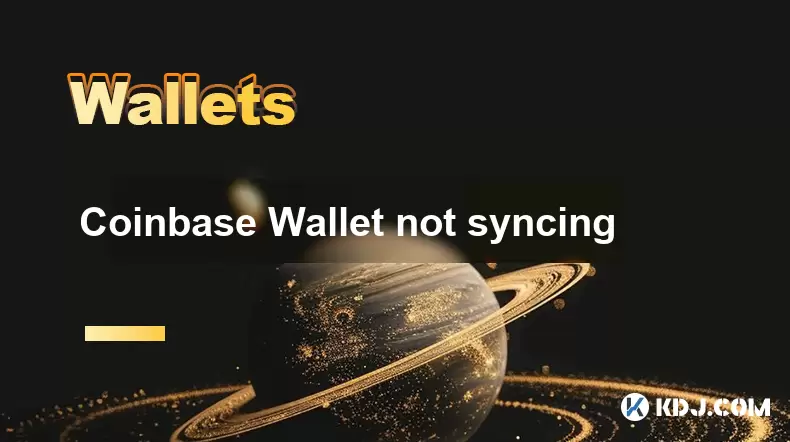-
 Bitcoin
Bitcoin $118300
-1.72% -
 Ethereum
Ethereum $3591
-0.69% -
 XRP
XRP $3.478
-3.53% -
 Tether USDt
Tether USDt $1.001
-0.01% -
 BNB
BNB $737.7
-0.54% -
 Solana
Solana $177.3
-2.40% -
 USDC
USDC $0.9999
-0.01% -
 Dogecoin
Dogecoin $0.2538
7.04% -
 TRON
TRON $0.3256
-0.85% -
 Cardano
Cardano $0.8332
-3.48% -
 Hyperliquid
Hyperliquid $44.80
-3.30% -
 Stellar
Stellar $0.4672
-6.09% -
 Sui
Sui $3.828
-5.98% -
 Chainlink
Chainlink $18.15
-3.41% -
 Hedera
Hedera $0.2655
-7.16% -
 Bitcoin Cash
Bitcoin Cash $517.5
-0.64% -
 Avalanche
Avalanche $23.89
-2.37% -
 Shiba Inu
Shiba Inu $0.00001519
-0.45% -
 UNUS SED LEO
UNUS SED LEO $8.973
0.13% -
 Toncoin
Toncoin $3.211
-2.54% -
 Litecoin
Litecoin $103.5
-3.58% -
 Polkadot
Polkadot $4.313
-3.90% -
 Uniswap
Uniswap $10.31
0.67% -
 Monero
Monero $325.4
-2.88% -
 Bitget Token
Bitget Token $5.049
3.51% -
 Ethena USDe
Ethena USDe $1.002
0.04% -
 Pepe
Pepe $0.00001346
-2.96% -
 Dai
Dai $0.9999
-0.02% -
 Aave
Aave $322.1
-2.93% -
 Bittensor
Bittensor $411.9
-4.70%
How to operate MetaMask cross-chain transfer? Which blockchain networks are supported?
MetaMask enables seamless cross-chain transfers between networks like Ethereum, BSC, and Polygon, enhancing DeFi interactions.
Apr 29, 2025 at 05:56 am

MetaMask, a leading cryptocurrency wallet, has become an essential tool for users navigating the decentralized finance (DeFi) space. One of its most powerful features is the ability to perform cross-chain transfers, allowing users to move assets between different blockchain networks seamlessly. This article will guide you through the process of operating MetaMask cross-chain transfers and provide an overview of the supported blockchain networks.
Understanding MetaMask and Cross-Chain Transfers
Before diving into the operational aspects, it's important to understand what MetaMask is and what cross-chain transfers entail. MetaMask is a software cryptocurrency wallet used to interact with the Ethereum blockchain and other compatible networks. It allows users to store, send, and receive Ethereum-based tokens and interact with decentralized applications (dApps).
Cross-chain transfers refer to the process of moving assets from one blockchain network to another. This is crucial in the DeFi ecosystem, as it enables users to leverage the unique features and opportunities available on different blockchains. MetaMask facilitates these transfers by integrating with various blockchain networks and providing a user-friendly interface for executing them.
Supported Blockchain Networks
MetaMask supports a wide range of blockchain networks, making it a versatile tool for cross-chain operations. Here are some of the key networks that MetaMask currently supports:
- Ethereum: The original blockchain that MetaMask was designed to interact with. It supports all Ethereum-based tokens (ERC-20, ERC-721, etc.).
- Binance Smart Chain (BSC): A popular alternative to Ethereum, known for its lower transaction fees and faster transaction times.
- Polygon (formerly Matic): A layer 2 scaling solution for Ethereum, designed to improve scalability and reduce fees.
- Avalanche: A high-performance blockchain platform designed for decentralized applications and custom blockchain networks.
- Optimism: Another layer 2 scaling solution for Ethereum, focusing on improving transaction speeds and reducing costs.
- Arbitrum: A layer 2 scaling solution that aims to provide fast, low-cost transactions while maintaining Ethereum's security.
These networks represent just a subset of the total supported by MetaMask, and the list continues to grow as the DeFi ecosystem expands.
Preparing for a Cross-Chain Transfer
Before initiating a cross-chain transfer, there are a few preparatory steps you should take to ensure a smooth process:
- Ensure you have the necessary funds: Make sure you have sufficient funds on the source network to cover the transfer and any associated fees.
- Check network compatibility: Verify that both the source and destination networks are supported by MetaMask and that the asset you wish to transfer is compatible with both networks.
- Understand the fees: Cross-chain transfers may incur fees, which can vary depending on the networks involved and the specific transfer method used. Research these fees beforehand to avoid surprises.
Executing a Cross-Chain Transfer with MetaMask
Now, let's walk through the steps to execute a cross-chain transfer using MetaMask:
Open MetaMask and connect to the source network:
- Launch the MetaMask extension or mobile app.
- Ensure you are connected to the source network from which you want to transfer assets. You can switch networks by clicking on the network name at the top of the MetaMask interface and selecting the desired network.
Select the asset to transfer:
- Navigate to your wallet's asset list and select the token you wish to transfer.
- Click on the "Send" button next to the asset.
Enter the recipient's address:
- In the "Send" dialog, enter the recipient's address on the destination network. Ensure this address is correct, as transactions cannot be reversed.
Specify the amount to transfer:
- Enter the amount of the asset you want to transfer. Be mindful of the minimum transfer amounts and any fees associated with the transfer.
Select the destination network:
- If the asset supports cross-chain transfers directly through MetaMask, you may be prompted to select the destination network. Choose the appropriate network from the list.
Review and confirm the transaction:
- Carefully review all the transaction details, including the recipient's address, the amount, and any fees.
- If everything looks correct, click "Confirm" to initiate the transfer.
Wait for the transaction to complete:
- The transfer process may take some time, depending on the networks involved and the current network congestion.
- You can track the progress of the transaction using the transaction hash provided by MetaMask.
Common Issues and Troubleshooting
While MetaMask strives to make cross-chain transfers as seamless as possible, users may encounter some common issues. Here are a few tips for troubleshooting:
- Transaction stuck or pending: If your transaction appears to be stuck, check the network's block explorer to see if it is indeed pending. Sometimes, transactions may take longer due to network congestion.
- Incorrect recipient address: Double-check the recipient's address before confirming the transaction. Sending assets to the wrong address can result in permanent loss.
- Insufficient funds: Ensure you have enough funds to cover the transfer amount and any associated fees. If you're running low, you may need to add more funds to your wallet.
Additional Considerations
When performing cross-chain transfers, there are a few additional considerations to keep in mind:
- Security: Always ensure that you are using the official MetaMask extension or mobile app. Be cautious of phishing attempts and never share your private keys or seed phrases with anyone.
- Network-specific features: Some networks may have unique features or requirements for cross-chain transfers. Research these specifics to ensure a smooth transfer process.
- Asset compatibility: Not all assets are compatible with all networks. Verify that the asset you wish to transfer is supported on both the source and destination networks.
Frequently Asked Questions
Q1: Can I transfer any token between supported networks using MetaMask?
A1: Not all tokens are compatible with cross-chain transfers. While MetaMask supports a wide range of tokens, the ability to transfer a specific token between networks depends on the token's smart contract and the networks' interoperability. Always check the token's documentation and the network's compatibility before attempting a transfer.
Q2: Are there any risks associated with cross-chain transfers?
A2: Yes, there are risks involved with cross-chain transfers. These include the potential for transaction failures, network-specific vulnerabilities, and the risk of sending assets to incompatible addresses. Always conduct thorough research and proceed with caution when performing cross-chain transfers.
Q3: How long does a cross-chain transfer typically take?
A3: The duration of a cross-chain transfer can vary significantly depending on the networks involved and the current network congestion. Some transfers may complete within minutes, while others could take several hours or even longer. Always monitor the transaction's progress using the provided transaction hash.
Q4: Can I cancel a cross-chain transfer once it has been initiated?
A4: Once a cross-chain transfer is initiated, it cannot be canceled. It's crucial to double-check all transaction details before confirming the transfer. If you encounter issues, you may need to wait for the transaction to either complete or fail, depending on the network's rules and the specific circumstances of the transfer.
Disclaimer:info@kdj.com
The information provided is not trading advice. kdj.com does not assume any responsibility for any investments made based on the information provided in this article. Cryptocurrencies are highly volatile and it is highly recommended that you invest with caution after thorough research!
If you believe that the content used on this website infringes your copyright, please contact us immediately (info@kdj.com) and we will delete it promptly.
- TRX vs. RTX: Will Remittix Overtake Tron as the Altcoin to Watch in 2025?
- 2025-07-19 17:30:12
- Bitcoin, Nexchain, and Presales: What's Hot in the Crypto Space?
- 2025-07-19 16:30:12
- Presales, ICOs, and 100x Returns: Navigating the Crypto Landscape in 2025
- 2025-07-19 16:30:12
- Binance, Yooldo Games, and Tokens: Navigating the GameFi Landscape
- 2025-07-19 16:50:12
- Floki Inu, Meme Frenzy, and the Rise of AI Platforms: A New Era?
- 2025-07-19 16:50:12
- Dogecoin, Trader Interest, and the 2025 Meme Coin Landscape
- 2025-07-19 17:30:12
Related knowledge

Can I use Coinbase Wallet without a Coinbase account?
Jul 18,2025 at 04:35am
What is Coinbase Wallet?Coinbase Wallet is a self-custodial wallet that allows users to store, send, and receive various cryptocurrencies directly on ...

How to add Arbitrum to Coinbase Wallet
Jul 18,2025 at 03:00pm
Understanding Arbitrum and Its Integration with Coinbase WalletArbitrum is a layer-2 scaling solution developed by Offchain Labs to enhance the speed ...

Coinbase Wallet not showing my tokens
Jul 18,2025 at 09:49am
Understanding Coinbase Wallet Token Display IssuesIf you're experiencing issues where Coinbase Wallet not showing my tokens, it can be frustrating, es...

Coinbase Wallet Chrome extension not working
Jul 19,2025 at 05:14am
Understanding Coinbase Wallet Chrome ExtensionThe Coinbase Wallet Chrome extension is a browser-based cryptocurrency wallet that allows users to inter...

Does Coinbase Wallet have a desktop app?
Jul 18,2025 at 12:08am
Understanding Coinbase Wallet and Its Core FeaturesCoinbase Wallet is a non-custodial cryptocurrency wallet developed by Coinbase, one of the leading ...

Coinbase Wallet not syncing
Jul 18,2025 at 07:49am
Understanding Coinbase Wallet Syncing IssuesWhen users encounter problems with Coinbase Wallet not syncing, it typically means that the wallet is unab...

Can I use Coinbase Wallet without a Coinbase account?
Jul 18,2025 at 04:35am
What is Coinbase Wallet?Coinbase Wallet is a self-custodial wallet that allows users to store, send, and receive various cryptocurrencies directly on ...

How to add Arbitrum to Coinbase Wallet
Jul 18,2025 at 03:00pm
Understanding Arbitrum and Its Integration with Coinbase WalletArbitrum is a layer-2 scaling solution developed by Offchain Labs to enhance the speed ...

Coinbase Wallet not showing my tokens
Jul 18,2025 at 09:49am
Understanding Coinbase Wallet Token Display IssuesIf you're experiencing issues where Coinbase Wallet not showing my tokens, it can be frustrating, es...

Coinbase Wallet Chrome extension not working
Jul 19,2025 at 05:14am
Understanding Coinbase Wallet Chrome ExtensionThe Coinbase Wallet Chrome extension is a browser-based cryptocurrency wallet that allows users to inter...

Does Coinbase Wallet have a desktop app?
Jul 18,2025 at 12:08am
Understanding Coinbase Wallet and Its Core FeaturesCoinbase Wallet is a non-custodial cryptocurrency wallet developed by Coinbase, one of the leading ...

Coinbase Wallet not syncing
Jul 18,2025 at 07:49am
Understanding Coinbase Wallet Syncing IssuesWhen users encounter problems with Coinbase Wallet not syncing, it typically means that the wallet is unab...
See all articles

























































































